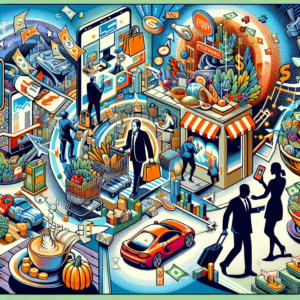In its commitment to bring its heritage to the widest audience possible, the Prado Museum has launched an innovative project that makes a selection of its works accessible for free through the internet. This effort not only stands out for its educational and cultural dimension, but also offers an interactive window into the analysis of paper pieces that are exceptional examples of artistic creation.
The Prado Museum houses the only known graphoscope to date, probably the only one ever manufactured. This object of exceptional importance shows, in a continuous view, the Central Gallery of the Prado as it was between 1882 and 1883. This project is a unique opportunity to discover not only the existence and functioning of this unique machine, but also to take a look at the museography and the works of art that were exhibited at that time. The graphoscope provides an interactive experience, allowing users to walk through the central gallery of the museum and pause at each artwork. By selecting any piece, detailed information is provided both about the original work and other photographs taken around the same time.
Additionally, the project includes a virtual simulator of copperplate printing. This tool allows users to recreate in a virtual environment the complex process of copperplate printing. Participants can choose between several options: an already engraved copper plate, the type of paper and cut it to the desired size, select the ink color, clean the plate, and finally, use the press to obtain a print. This practical learning approach culminates with the possibility of downloading the final print if the process has been carried out correctly.
The simulator offers the opportunity to work with four iconic works from the museum’s collection: “The sleep of reason produces monsters” by Francisco de Goya, “Hermit” by Mariano Fortuny, “François Boucher” by Manuel Salvador Carmona, and “The great Hercules” by Hendrick Goltzius.
This project by the Prado Museum not only democratizes access to its artistic and educational wealth, but also gives users the opportunity to interact with art history in a new and immersive way.
Source: MiMub in Spanish











